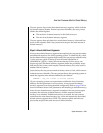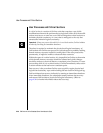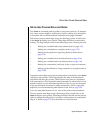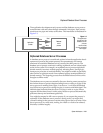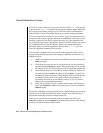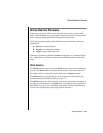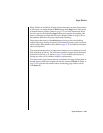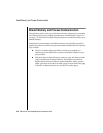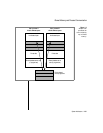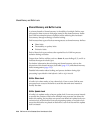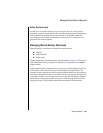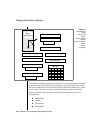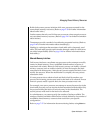
System Architecture 2-35
tbpgcl Daemon
When OnLine is initialized, all page-cleaner daemons are started and placed
in idle mode. As master daemon, tbinit directs each tbpgcl to an LRU queue
of shared-memory buffers. (Refer to page 2-57 for more information about
the LRU queues.) Periodically, tbpgcl wakes and searches through the LRU
queues, looking for buffers that need to be flushed. (Refer to page 2-58 for
information about the LRU queues and buffer flushing.)
Page-cleaner daemons (or the tbinit daemon) also perform the flushing
required during a checkpoint when OnLine shared-memory data is synchro-
nized with the data stored on disk. (Refer to page 2-70 for further information
about checkpoints.)
The recommended number of page-cleaner daemons is one daemon for each
disk dedicated to OnLine. The maximum number of page-cleaner daemons
permitted in OnLine is 32. (Refer to page 5-19 for further information on
tuning the value of CLEANERS to improve performance.)
The state of each page-cleaner daemon is tracked in the page-cleaner table in
shared memory and can be displayed with the command tbstat -F. (Refer to
page 7-87 for further information about monitoring page-cleaner activity
with tbstat -F.)



